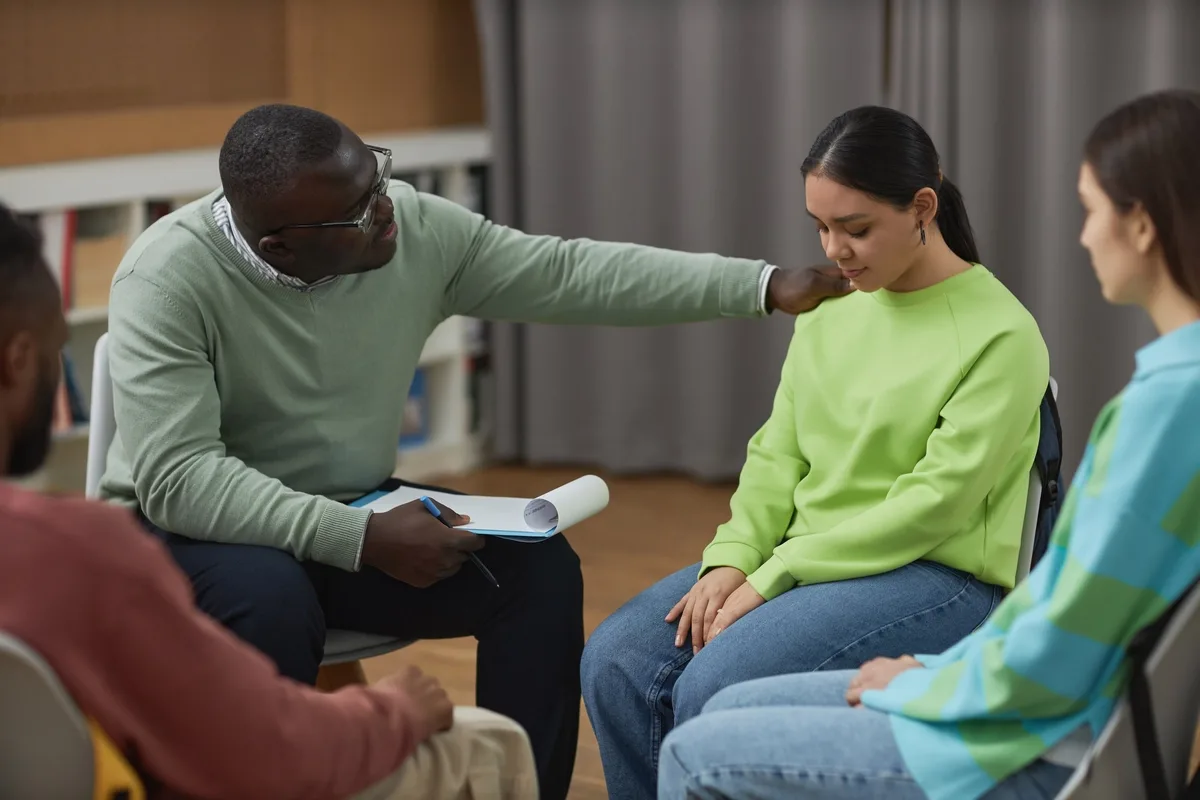24/7 Helpline:
(866) 899-111424/7 Helpline:
(866) 899-1114
Learn more about Morphine Rehab centers in Saratoga Springs
Morphine Rehab in Other Cities
Other Categories in Saratoga Springs

Other Insurance Options

Horizon Healthcare Service

Humana

BlueShield

Group Health Incorporated

Magellan Health

MVP Healthcare

Providence

Kaiser Permanente

UMR

MHNNet Behavioral Health

Molina Healthcare

Evernorth

Sutter

BHS | Behavioral Health Systems

Regence

Sliding scale payment assistance

Access to Recovery (ATR) Voucher

Absolute Total Care

BlueCross

EmblemHealth

Saratoga County Addiction Services
Saratoga County Addiction Services is a private rehab located in Saratoga Springs, New York. Saratog...

Saratoga Hospital – Mental Health Unit
Saratoga Hospital – Mental Health Unit is a private rehab located in Saratoga Springs, New York. Sar...










AA – Alcoholics Anonymous
AA – Alcoholics Anonymous is a non-profit rehab located in Saratoga Springs, New York. AA – Alcoholi...

Nelson House – Residence for Women
Nelson House – Residence for Women is a private rehab located in Saratoga Springs, New York. Nelson ...

Prevention Council
Prevention Council is a non-profit rehab located in Saratoga Springs, New York. Prevention Council s...

SPARC – St. Peter’s Addiction Recovery Center
SPARC–St. Peter’s Addiction Recovery Center in Saratoga Springs, New York, is a 12 step focused outp...

New Haven – 258 West 400 North
New Haven offers residential treatments for teenage girls struggling with anxiety, stress, substance...

